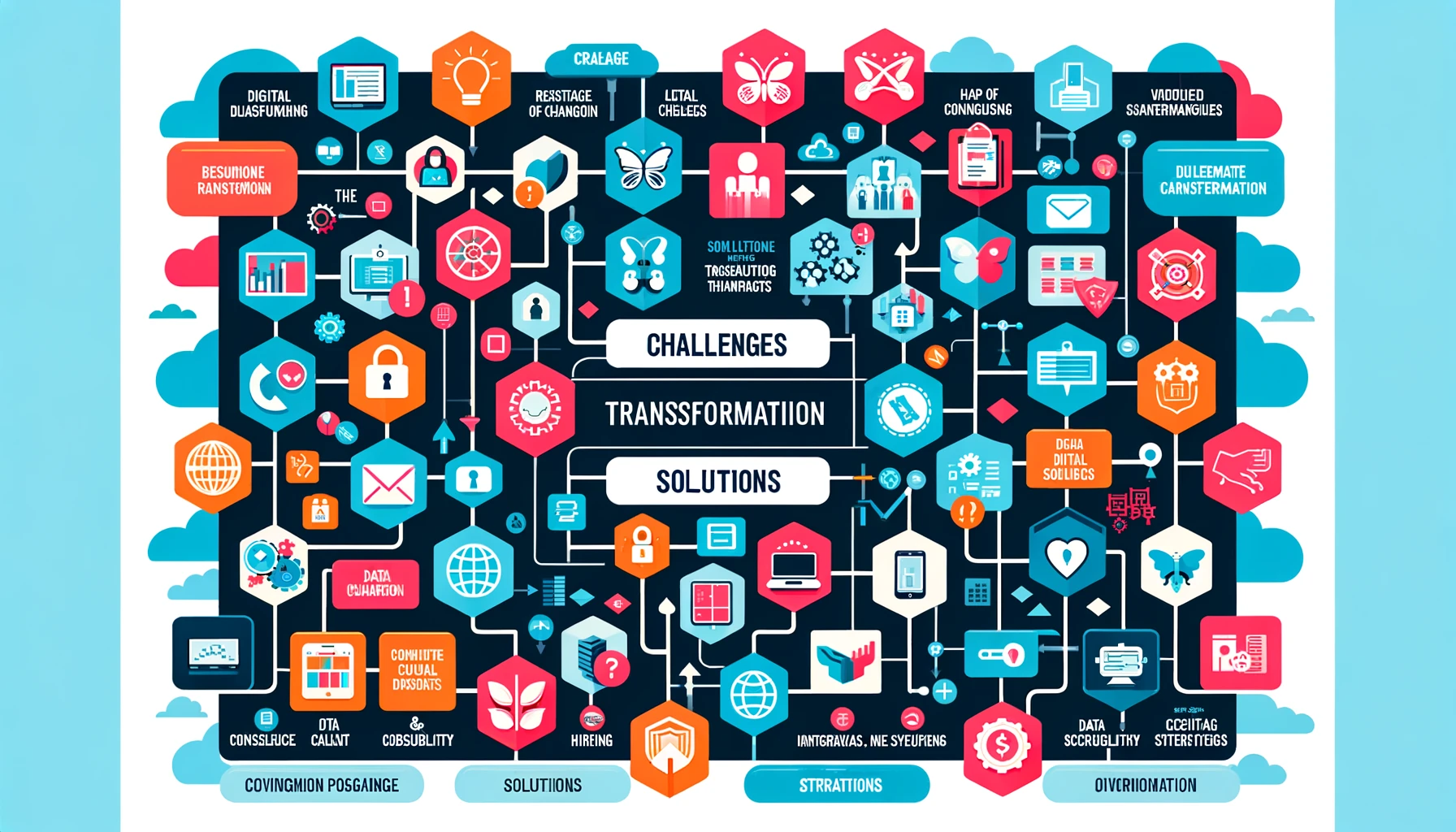Introduction
In the current rapidly changing business environment, ‘Digital Transformation: A Guide to Excellence’ emerges as an essential strategy for operational excellence and competitive advantage. Companies are urged to transform from traditional models to technology-driven paradigms to thrive. This journey extends beyond adopting new technologies; it involves a profound shift in operations, mindset, and customer value delivery. Achieving a more efficient, profitable, and fulfilling organizational environment necessitates a phased, strategic approach tailored to specific business needs and operational pressures, laying the groundwork for a successful digital transformation.
The Ultimate Goal of Digital Transformation
Furthermore, the core of digital transformation involves the transition from a traditional business into a forward-thinking technology organization. The transformation goes beyond simply incorporating technology into current processes. It requires a complete reimagining of business models, operational processes, and customer experiences.

Our primary goal is to greatly improve efficiency and profitability, creating an atmosphere of innovation and satisfaction across the company. Digital transformation benefits top management and staff because it aligns with the company’s mission and values.
Benefits Across the Organization
Consequently, digital transformation offers extensive benefits across the organizational spectrum.
Technical and Business Advantages of Digital Transformation
Moreover, the move towards a digitally transformed business model unlocks several technical and business advantages.
Strategic Planning for Cloud Migration
Specifically, cloud migration is a cornerstone of many digital transformation strategies, requiring a clear, concise, and actionable plan. All stakeholders must understand this plan quickly, and it must align with the organization’s goals. Including technical and administrative teams in this process ensures a holistic approach that addresses the organization’s needs.
Challenges and Considerations
However, the journey towards digital transformation is fraught with challenges. Every aspect of the organization must work together to overcome these challenges and commit to the transformation.

Key to overcoming these challenges is a deep understanding of the organization’s business and technical drivers, a focus on maintaining core competencies, and the ability to adapt without being distracted by transient technology trends.
A Pragmatic Approach to Transformation
Therefore, viewing digital transformation as a gradual, step-by-step process allows organizations to manage change effectively. Initiating the transformation with small, focused projects—such as migrating a single application to the cloud—can provide quick wins, valuable insights, and a foundation for broader, more comprehensive transformation efforts.
Realistic Planning and Avoiding Failure
To this end, a pragmatic and realistic approach to planning is critical to avoid the pitfalls of managing change effectively. Understanding the organization’s current state, envisioning the desired future state, and carefully planning the steps required to bridge the gap are essential. Emphasizing manageable, strategic initiatives can foster early successes that build momentum for larger transformation projects.
Conclusion
In conclusion, in an era where technology continuously reshapes the business landscape, digital transformation is not merely an option but a necessity for companies seeking to remain competitive and innovative. By embracing a realistic, well-planned, and phased approach, organizations can navigate the complexities of digital transformation, unlocking new opportunities for growth and success. While the path may be challenging, the rewards for those willing to undertake this transformative journey are significant, promising a future of enhanced operational efficiency, market leadership, and organizational fulfillment.



